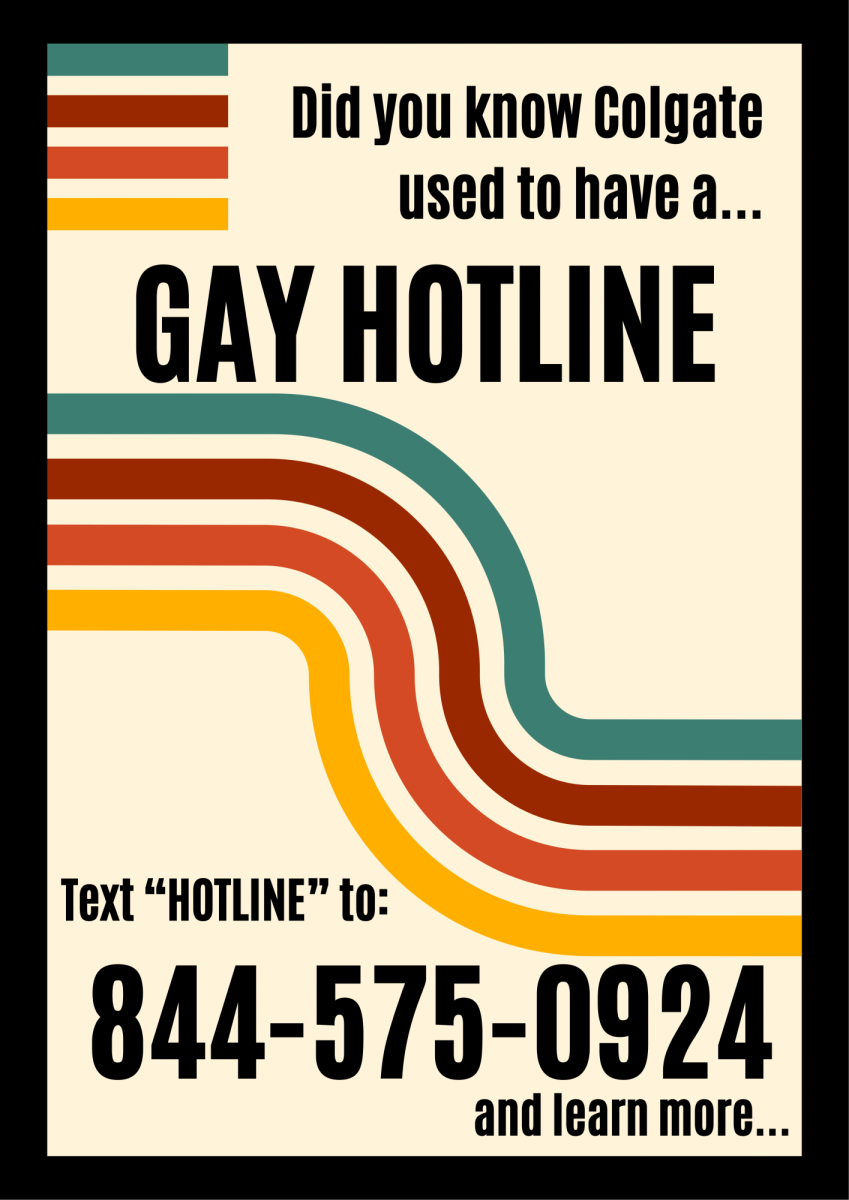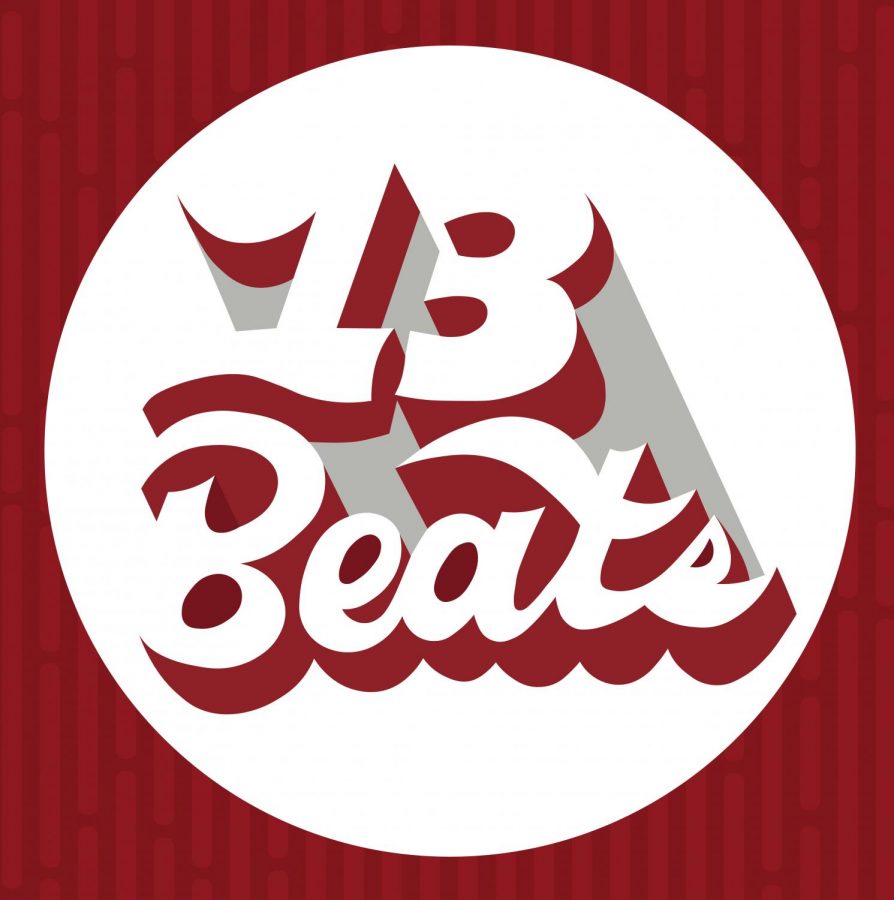Colgate University museums drew the Colgate community together for art creation and discussion with a cyanotype workshop on Saturday, April 6. The event was led by the museum ambassadors, a group of students who work alongside Colgate’s museums to promote and advance the work of the museums.
A cyanotype is created by layering and subsequently imprinting plants and other materials onto paper for a striking contrast between the subject and the deep blue background. A variety of botanical cuttings were provided by the Colgate University Greenhouse for students to choose and arrange from, eventually creating their own print to take home.
The idea for a cyanotype workshop came from a meeting between the student museum ambassadors to brainstorm ideas for arts programming at Colgate; previous programming included events like a zine-making workshop.
Senior Gabby Amato, one of the museum ambassadors, explained the group’s brainstorming process.
“I had known about cyanotype printing since I was little, so I thought that it would be a good idea to pitch to the group,” Amato said. “Once we got the initial idea out there, we did some more researching on how it connects to colonialism and different aspects that we see within the Longyear Museum for the ‘Creative Resolve’ exhibit and the Picker Gallery with the ‘Core Collections’ exhibit, and we wanted to see whether or not the activity could be successfully merged between both of these galleries. We found that it was a really good connection, so then the steps were to order the materials and set up the event, and it seems to be pretty successful.”
The museum ambassadors prepared materials for the workshop the day before, painting a solution of the light-reactive chemicals onto watercolor paper to dry for the event. On the day of the event, botanical clippings from the Colgate Greenhouse were displayed on a table with their respective scientific names, and a discussion of the history of the medium occurred as participants arranged their cuttings for printing. While historically completed with the sun, the cyanotypes for the workshop obtained their markings through an ultraviolet (UV) light. The areas covered by plants remained a light pale color while the spots uncovered would eventually form a deep blue. After passing through the UV lamp, the cyanotypes remained a muted color until submerged in water when the vibrant colors emerged.
The discussions that occurred at the workshop contextualized the historical implications of cyanotypes and biology — topics that are also discussed in both Longyear Museum of Anthropology’s “Creative Resolve” exhibit and the “Core Collections: Let’s Talk About It” exhibit recently featured at Clifford Gallery. Cyanotypes were first invented in 1842 and popularized through the work of English botanist Anna Atkins, who used it as a way of documenting biological plant specimens. Because of their convenient nature and low cost, builders and artists later used them for technical drawings and textile works. Other discussions at the workshop focused on how cyanotypes were entangled with exploitative and settler colonialism; photography was one of many methods colonial scientists used to develop classifications that were then utilized to justify colonization.
Sophomore Oscar Brown, who also serves as a museum ambassador, explained how through the event, students had the opportunity to tangibly interact with the topic while also making art.
“This idea came up and we were all totally in love with it because it is such a great way to get hands-on experience with art-making and it relates heavily to a lot of the current exhibitions in Picker and Longyear,” Brown said.
Brown further detailed the significance of cyanography in relation to the recent Picker Gallery exhibition on Colgate’s new CORE requirement, CORE Conversations, a course that centers on the exploration of five texts: “Antigone,” the “Tao Te Ching,” “Frankenstein,” “Paris Is Burning” and “Braiding Sweetgrass.”
“[Cyanotyping] gives us the ability to talk about colonial practices, which are super vital in both of the museums. Especially in Picker, [the exhibit’s focus] involves conversations on Robin Wall Kimmerer’s ‘Braiding Sweetgrass,’ which contends with a lot of colonial ideas and decolonization, and it is rooted in a lot of colonial history,” Brown said. “So part of it is recognizing that history and embracing it in new ways. There are a lot of works in Picker right now that are talking about ways that we should look at colonial history and find new ways of growing in spite of it.”
The cyanotype workshop is also a larger part of bringing more art and conversations about art into the Colgate community. Museums may be often thought of as uninviting or inflexible, but Brown explained that workshops like this spark students to engage with art on campus, even just by bringing art home.
“I’m someone who very much advocates for a lot of community engagement in museums because in a lot of instances it can be very static walking into a museum just because it’s you and the work. For a lot of people, that’s great, but for some people, you need to make a more thorough connection, especially if it’s not something you’ve grown up with,” Brown said. “So being able to have events like these really fosters feelings of community and encourages you to think more about the connections of your own life that you have with the works in the gallery. It’s a great environment to learn more about things that you might not have thought about before.”
The workshop took place during Arts, Creativity and Innovation Weekend, which was a weekend of performances, workshops and receptions open to faculty, students and campus guests.
“[Cyanotype printing] was our idea for Arts, Creativity and Innovation Weekend, thinking that there would be alumni, families [and] other students who would want to come in and do an activity with us,” University Museums Education and Engagement Coordinator Audrey Hong said. “Students are always at the top of our list of priorities — we’re always trying to bring more students to the museums.”
The workshop aimed to spark excitement and creativity for those who had never tried the art form before. The event provided a space for the Colgate community to come together and engage with the gallery and the conversations around it.
















